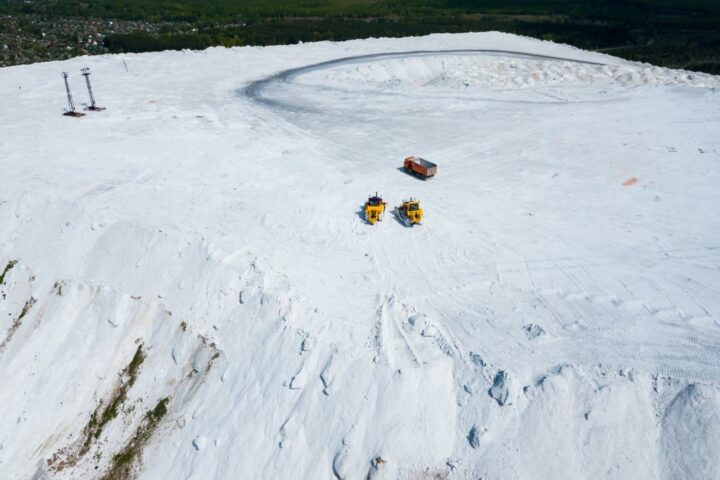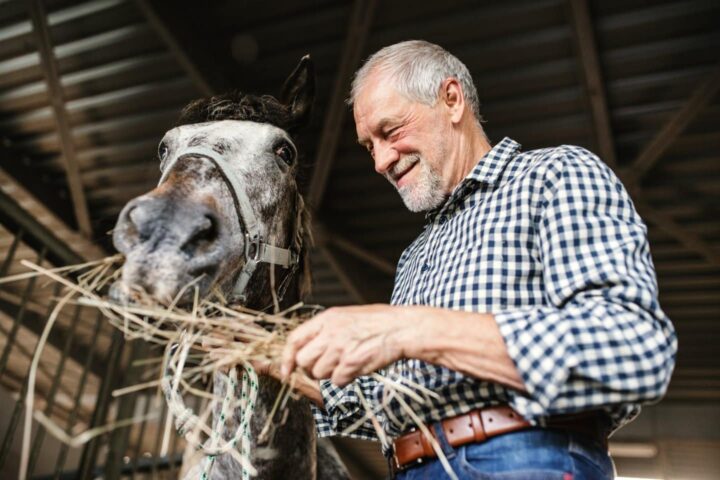A 517-Million-Year-Old Predator-Prey Dynamic
Imagine a world where predators and prey are constantly adapting and evolving in response to each other. This dynamic, known as an evolutionary “arms race,” has been observed in modern ecosystems, but scientists have long wondered when this process first emerged.
The Discovery
Researchers from the American Museum of Natural History have made a groundbreaking discovery that sheds light on this question. By analyzing fossilized shells from the Cambrian period, approximately 517 million years ago, the team has uncovered evidence of the oldest-known evolutionary “arms race.”
The Fossils
The fossils in question belong to a small, shelled organism called Lapworthella fasciculata. These ancient creatures were distantly related to modern brachiopods and lived in an ocean that once covered present-day South Australia.
The Predator-Prey Dynamic
The fossils reveal a fascinating predator-prey dynamic. Over 200 of the Lapworthella fasciculata shells have holes that were likely made by a hole-punching predator, such as a soft-bodied mollusk or worm. As the predator evolved to punch holes in the shells, the prey responded by developing thicker shells to protect themselves.
The Arms Race
This back-and-forth adaptation is a classic example of an evolutionary “arms race.” The predator’s ability to punch holes in the shells drove the evolution of thicker shells in the prey, which in turn drove the evolution of more powerful hole-punching abilities in the predator.
The Significance
This discovery provides critical evidence of the role of predation in shaping the evolution of early animal ecosystems. The rapid pace of adaptation and counter-adaptation observed in this ancient ecosystem highlights the dynamic nature of evolutionary processes.
The Research
The research was led by Russell Bicknell, a postdoctoral researcher in the Museum’s Division of Paleontology. The team’s findings were published in the journal Current Biology.
The Future
This discovery opens up new avenues for research into the evolution of early animal ecosystems. By studying the fossil record and comparing it to modern ecosystems, scientists can gain a deeper understanding of the complex dynamics that shape the natural world.
Share Your Thoughts
What do you think about this discovery? Share your thoughts in the comments below!

















